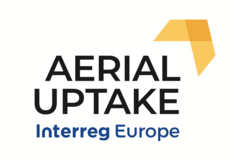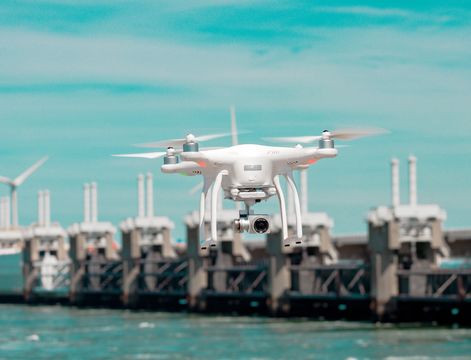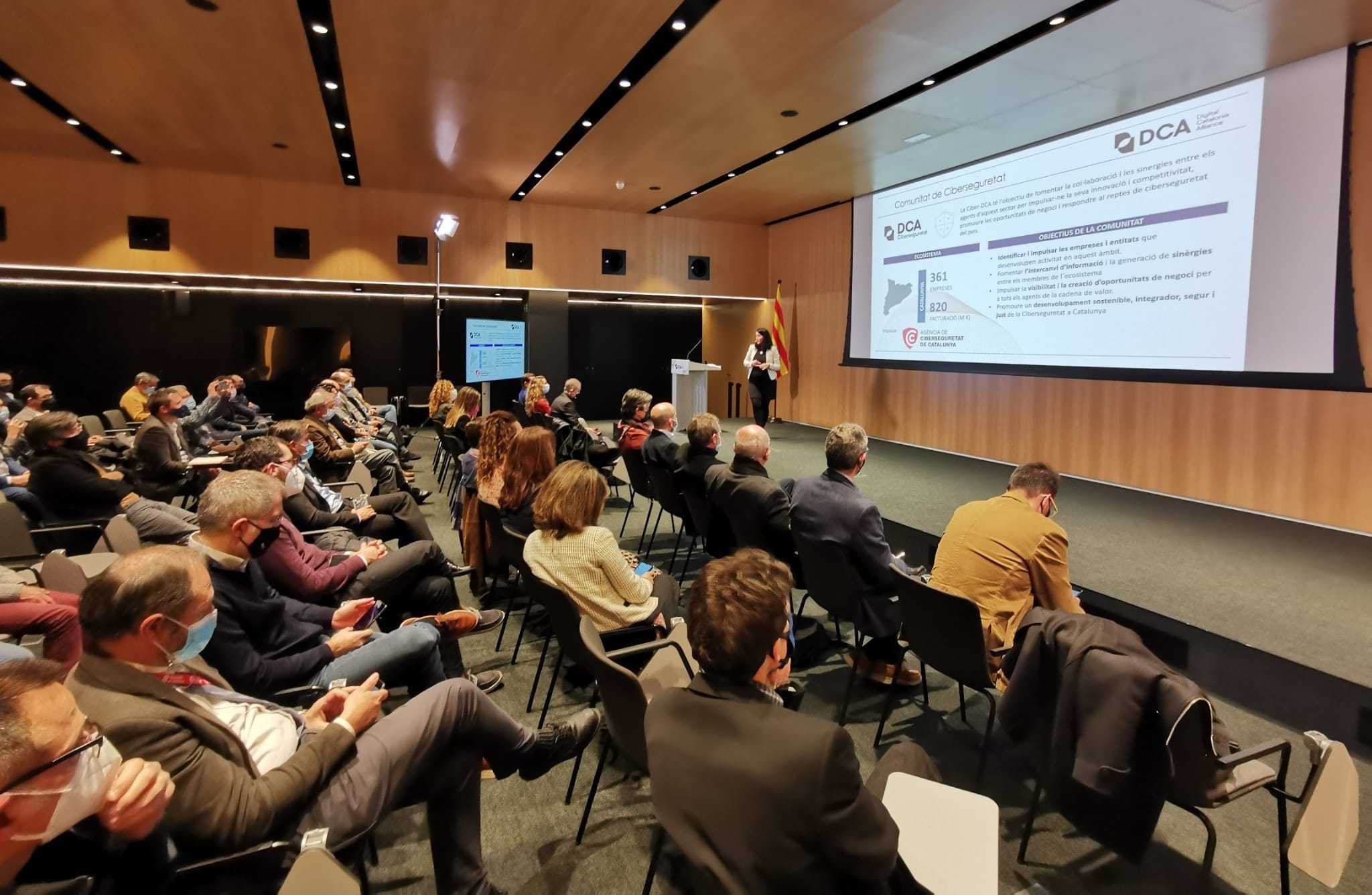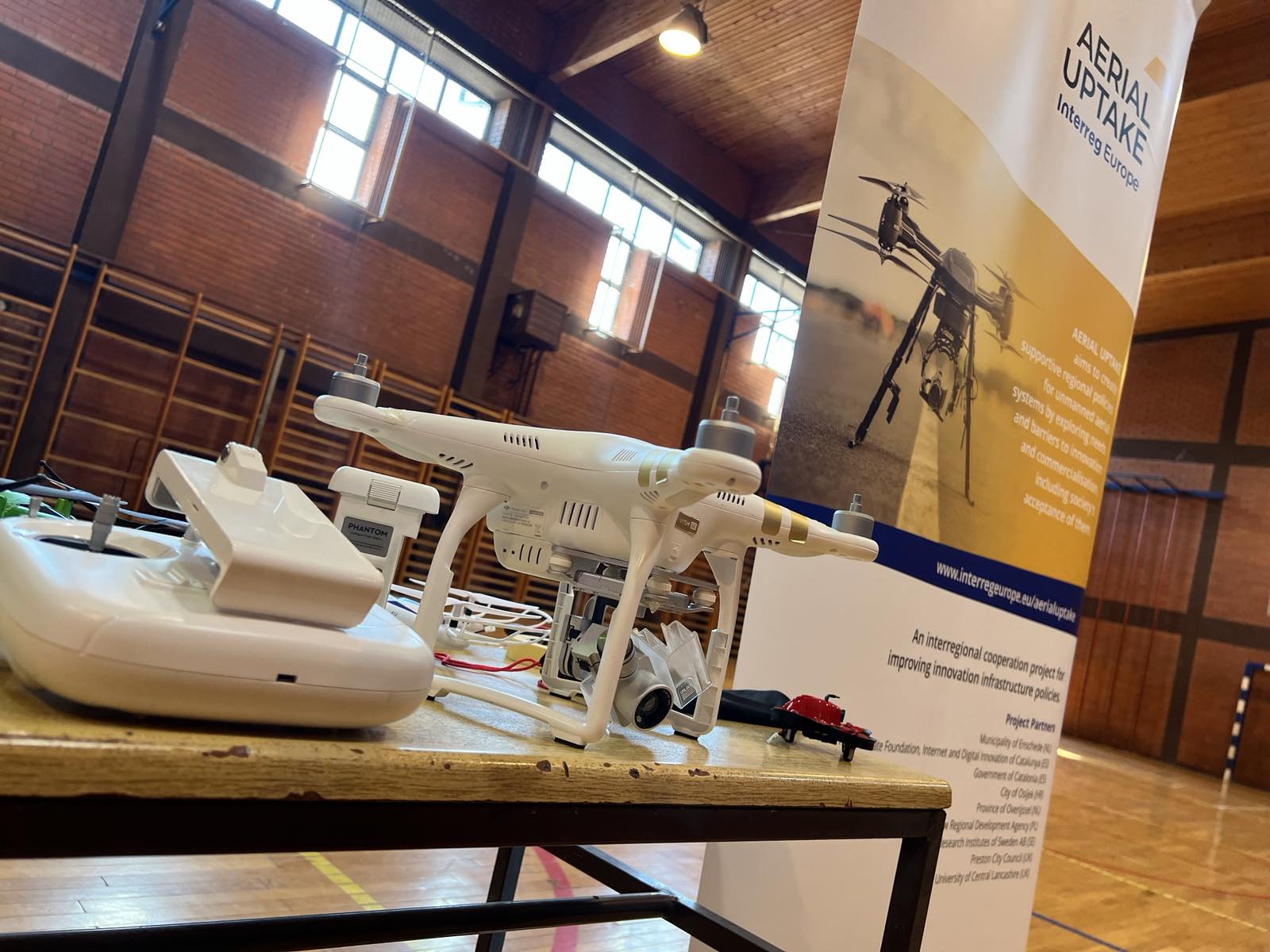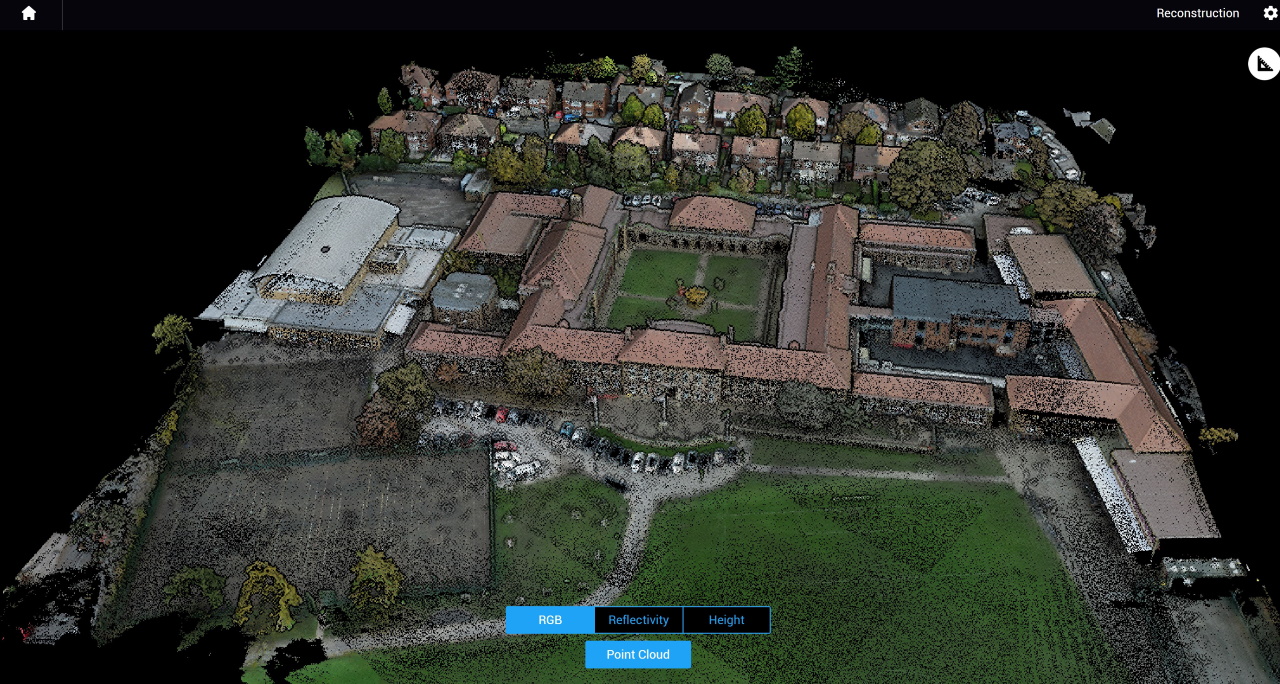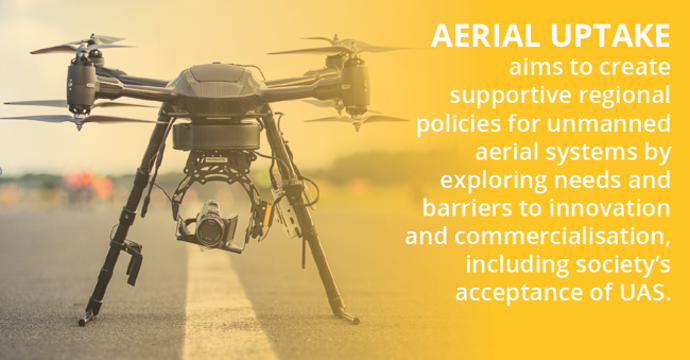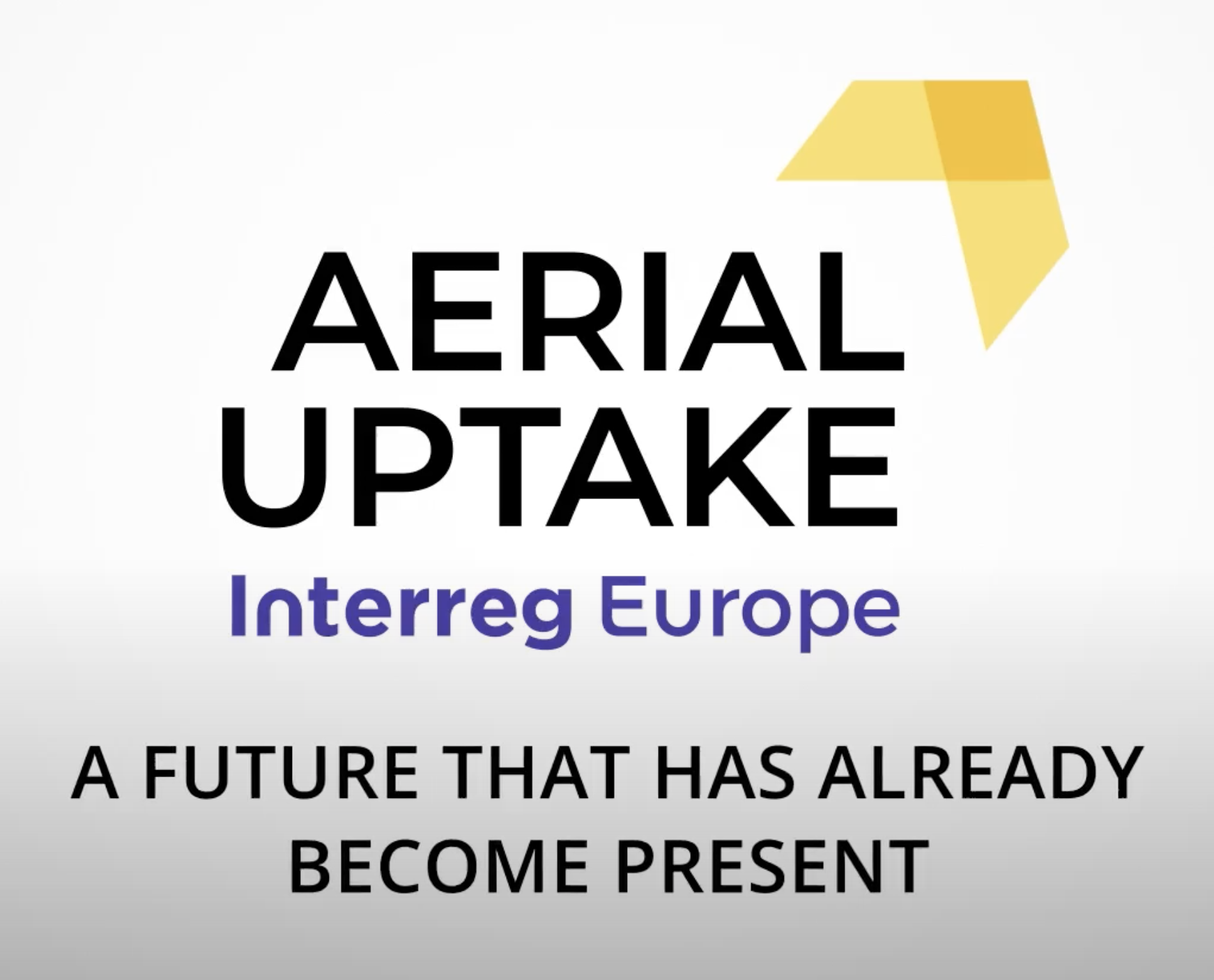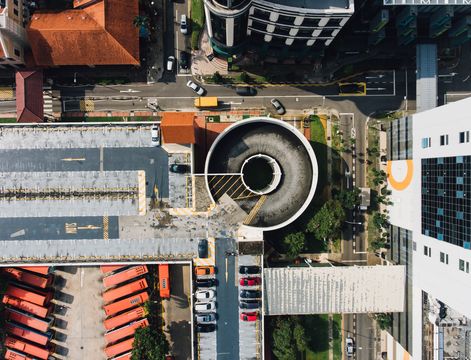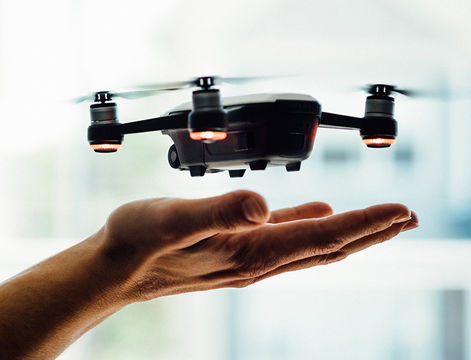Do you know for what purposes drones are used these days? For taking pictures from above and having fun flying them in the park? There is much more than that. Drones can solve various problems we face day-to-day and thus they make our life easier and better. To get inspiration from each other on novel drone solutions, the Aerial Uptake partnership organised a 2-days-long virtual Idea Generation Workshop with the involvement of various experts and stakeholders from Europe. Many interesting best practices were introduced, shading light on great drone applications. In the below sections, we collected some examples presented at the workshop to enrich our knowledge on the unmanned aerial vehicles (UAVs) known as drones.
In urban areas, specialised drones are excellent tools to carry out tall building treatments and roof inspections. In cities where old buildings are considered as physical forms of cultural heritage and identity, drones can make the protection of these assets easier. With them, the conditions of the buildings can be monitored more effectively, especially in case of roof areas hard to reach otherwise. Using drones for these purposes saves time and money as the expensive and often problematic scaffolding can be avoided. UAVs are also used in industrial areas such as the detection of gas pipeline leakage problems. Combined with laser measurement technology, they can carry out inspection tasks fast and efficiently, making the heating systems more reliable.

Drones can also make our life safer. They are often used in rural and mountain areas to perform search and rescue tasks. Their agility is extremely useful in hostile environments and using them can significantly reduce the time needed for rescue operations. In these situations, faster solutions save lives. In another example introduced by our Spanish colleagues, drones can solve dangerous tasks such as detecting landmines. As presented by the ALDrone project, there are 110M landmines in the ground in 78 countries also including countries from Europe, killing between 15,000 -20,000 a year. The removal of landmines is slow, dangerous and very costly, and with the current pace, it would take 1100 years to get rid of all of them. It has turned out that drones are very effective in detecting hidden landmines by using a multispectral camera to spot the erosion created by the decomposition of the chemical elements in a mine. With them, the detection and removal process can be way faster and safer. UAVs also perform well in firefighting operations as the unique perspective and spatial coverage capacity offered by them is very valuable. The continuous availability of adequate aerial data can be the key to assess the situation in the most appropriate way and thus minimize the area affected by a fire and avoid putting lives at risk (both firefighters and civilians).

Drones also shine when data need to be collected. For example, the Catalan company droneFUTURA uses their drones to measure the quality of the air in big cities. With this solution, data on polluting elements (such as atmospheric particulate matter) can be gathered effectively leading to better targeted health interventions. In Croatia, drones are used for the conservation of the last remnant of a steppe-like grassland in the country. With their powerful imaging capacities, inventories of endangered flora species, habitat maps and chemical soil analyses can be prepared to better preserve the unique area.
The Idea Generation Workshop was a great tool to get inspirations from others. Aerial Uptake partners will embed the transnational learnings into their Action Plans aiming at better local and regional policies.
You can find more interesting applications of drones in the good practice collection of the Aerial Uptake project.
